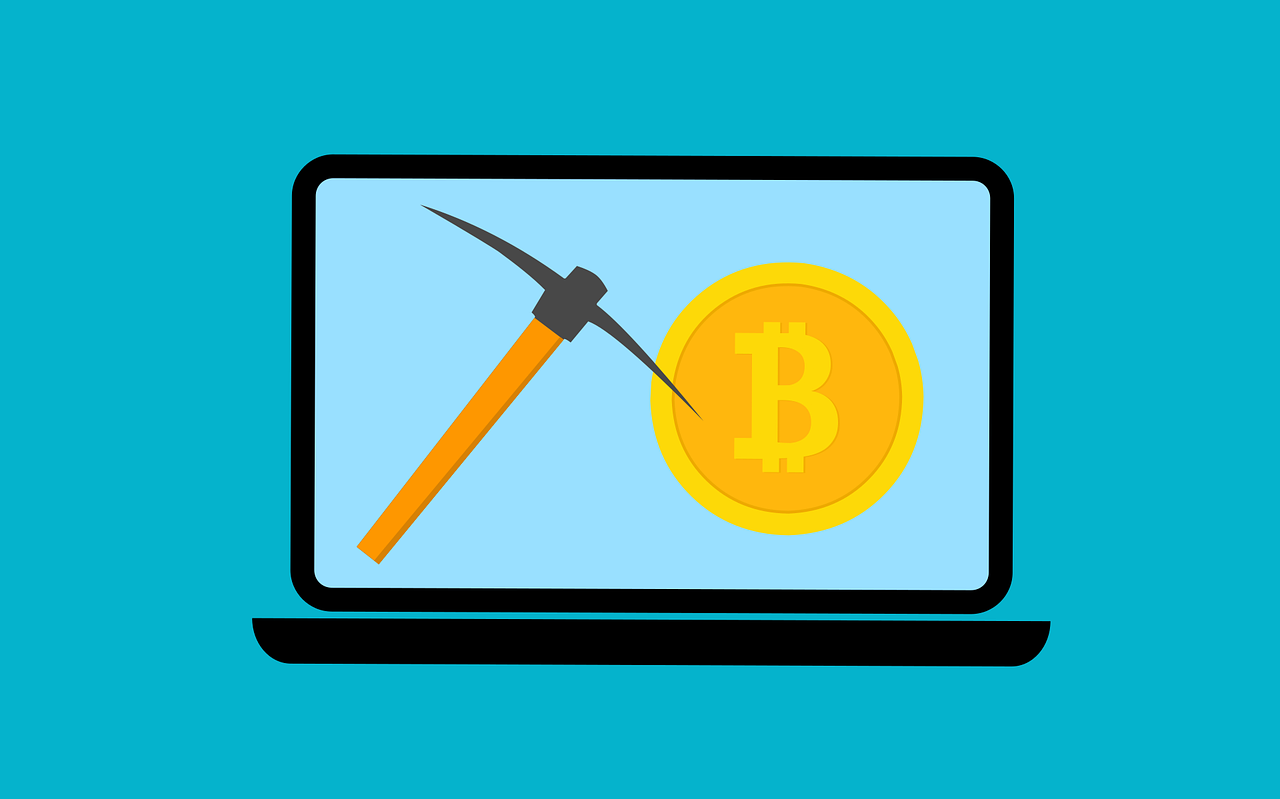How to Mine Bitcoin? Bitcoin mining is the process of verifying transactions and adding them to the blockchain, which is the public ledger of all Bitcoin transactions. In simple terms, miners use powerful computers to solve complex mathematical problems that validate transactions. As a reward for their efforts, miners are rewarded with new Bitcoins. In this comprehensive guide, I will take you through the entire process of Bitcoin mining, from understanding the blockchain technology to troubleshooting common mining issues.
Understanding the blockchain technology
To understand Bitcoin mining, it is crucial to grasp the concept of blockchain technology. The blockchain is a decentralized and transparent ledger that records all Bitcoin transactions. It ensures that transactions are secure and cannot be altered. When a Bitcoin transaction occurs, it is grouped with other transactions into a block. Miners then compete to solve a mathematical puzzle associated with the block. The first miner to solve the puzzle adds the block to the blockchain and is rewarded with Bitcoins. This process ensures the integrity and security of the Bitcoin network.
Hardware requirements for Bitcoin mining
To mine Bitcoin, you will need specialized hardware called ASIC (Application-Specific Integrated Circuit) miners. These machines are specifically designed for Bitcoin mining and offer superior computational power. The more powerful your ASIC miner, the higher your chances of successfully mining Bitcoins. Additionally, you will need a stable internet connection, as mining requires constant communication with the Bitcoin network.
It is worth noting that Bitcoin mining is an energy-intensive process, and your electricity costs can significantly impact your profitability. Therefore, it is essential to consider the electricity consumption of your mining hardware before getting started.
Setting up a Bitcoin mining rig
Setting up a Bitcoin mining rig involves several steps. First, you need to choose the right ASIC miner based on its hash rate and power consumption. Next, you will need a power supply unit (PSU) that can handle the electricity requirements of your miner. Make sure to choose a reliable PSU with sufficient wattage.
Once you have your ASIC miner and PSU, you will need to connect them together and ensure proper ventilation to prevent overheating. It is recommended to use cooling fans or even dedicated mining rigs to maintain an optimal temperature. Finally, connect your mining rig to the internet and download the necessary mining software.
Choosing the right mining software
Mining software is a crucial component of the mining process. It allows you to connect your mining hardware to the Bitcoin network and control your mining operations. There are several mining software options available, each with its own features and compatibility. Some popular mining software includes CGMiner, BFGMiner, and EasyMiner. Research and choose the software that best suits your needs and hardware.
Joining a mining pool
Mining Bitcoins individually can be challenging due to the increasing difficulty of solving mining puzzles. Joining a mining pool allows you to combine your mining power with other miners, increasing your chances of successfully mining Bitcoins. In a mining pool, miners work together to solve blocks, and the rewards are distributed among the participants based on their contribution. When choosing a mining pool, consider factors such as pool fees, payout frequency, and reputation.
Calculating mining profitability
Before diving into Bitcoin mining, it is vital to calculate the potential profitability. Mining profitability depends on several factors, including the cost of electricity, the hash rate of your mining hardware, and the current Bitcoin price. You can use online calculators that take these factors into account to estimate your potential earnings. Keep in mind that mining Bitcoin becomes more challenging over time, so it is essential to stay updated with the latest mining trends and adjust your calculations accordingly.
Managing electricity costs
As mentioned earlier, electricity costs can significantly impact your mining profitability. To manage electricity costs effectively, consider mining in regions with low electricity rates. Additionally, optimize your mining rig for energy efficiency by using efficient hardware, maintaining proper ventilation, and monitoring power consumption. It is also advisable to keep track of your electricity usage and explore renewable energy options to reduce your environmental impact.
Securing your Bitcoin wallet
As a Bitcoin miner, it is crucial to prioritize the security of your Bitcoin wallet. Your wallet contains the private keys that allow you to access and spend your Bitcoins. To ensure the security of your wallet, use a reputable wallet provider that employs robust security measures. Enable two-factor authentication and regularly update your wallet software to protect against potential vulnerabilities. It is also advisable to keep backups of your wallet and store them in secure offline locations.
Troubleshooting common mining issues
Mining Bitcoin can sometimes encounter technical issues that can hinder your mining operations. Some common problems include hardware malfunctions, software compatibility issues, and network connectivity problems. To troubleshoot these issues, consult online forums and communities dedicated to Bitcoin mining. These platforms often provide valuable insights and solutions to common mining problems. Additionally, stay updated with the latest mining software updates and perform regular maintenance on your mining hardware.
Alternative methods to mine Bitcoin
While ASIC miners are the most common method of mining Bitcoin, there are alternative methods worth exploring. One such method is cloud mining, where you rent mining power from a remote data center. Cloud mining eliminates the need for expensive hardware and allows you to mine Bitcoin without the hassle of setting up and maintaining a mining rig. However, it is essential to research and choose reputable cloud mining providers to avoid potential scams.
Conclusion and future of Bitcoin mining
In conclusion, Bitcoin mining is a complex but rewarding process. It requires specialized hardware, technical knowledge, and careful consideration of various factors such as electricity costs and mining profitability. As the Bitcoin network continues to grow, the mining process will become more challenging, requiring miners to adapt and stay updated with the latest trends. By following this comprehensive guide, you will be well-equipped to embark on your Bitcoin mining journey.
Remember, Bitcoin mining is not a get-rich-quick scheme. It requires patience, perseverance, and continuous learning. As you gain more experience, you will develop a deeper understanding of the intricacies of Bitcoin mining and potentially explore other cryptocurrencies to mine. Stay curious, stay informed, and enjoy the exciting world of Bitcoin mining.






Leave a Reply